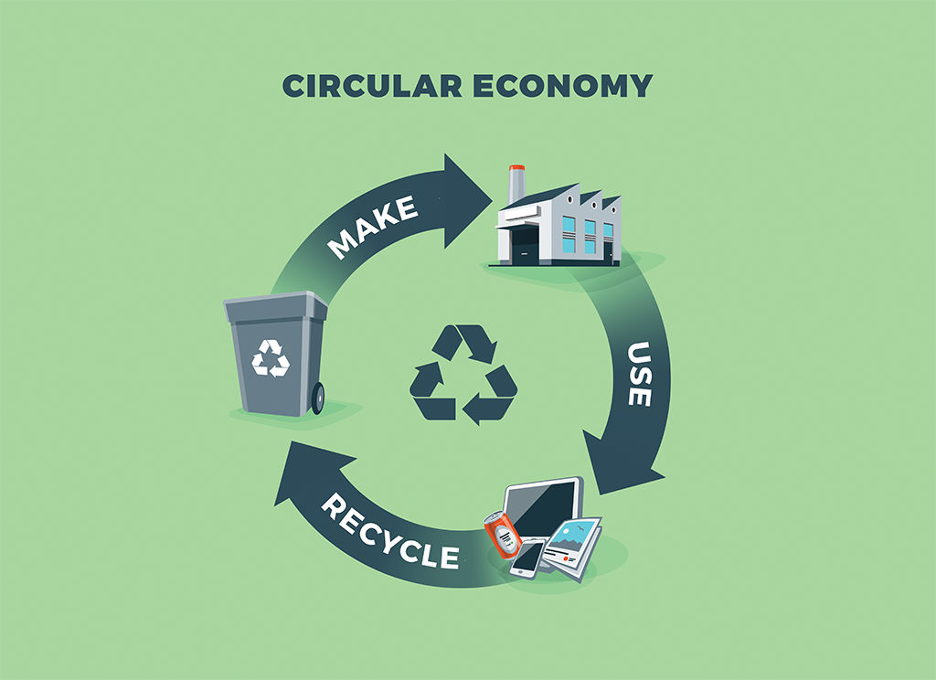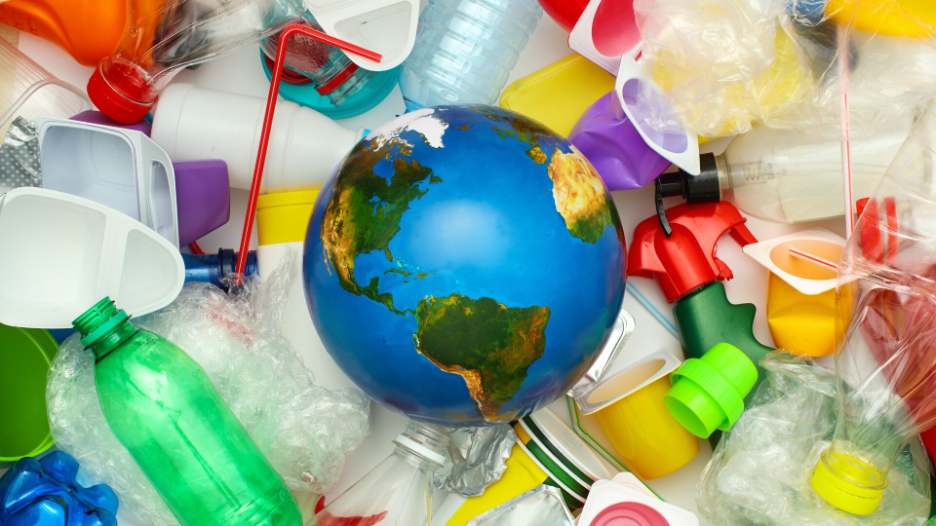The petrochemical sector plays an important role in manufacturing, construction, and consumer goods. However, the way materials are used and discarded is putting pressure on resources and the environment.
Thankfully, a circular economy offers a more practical model, one built on reuse, recycling, and long-term efficiency. Anchorage Investments is among the companies supporting this shift by aligning new projects with sustainability goals and a more resource-conscious approach to production.

Circular Economy vs. Linear Model
The petrochemical industry can follow one of two models. First off, a linear path: raw materials are extracted, turned into products, used once, and then discarded. This creates a constant demand for new resources and produces significant waste.
Other than that, the industry can rely on the circular economy, which takes a different approach. It aims to:
- Keep materials in use longer through recycling and reuse
- Design products and processes for easier recovery
- Reduce environmental impact and resource depletion
Because of that, shifting from linear to circular supports both economic efficiency and sustainability priorities in the petrochemical sector.
Role of Recycling in Petrochemicals
Recycling plays a vital role in shaping a sustainable future for the petrochemical industry. By recovering valuable materials from used plastics and other petrochemical products, recycling reduces dependence on finite fossil resources and helps limit environmental impact. It also supports circularity by keeping materials in use longer, cutting down waste sent to landfills, and reducing pollution.
On another note, effective recycling lowers operational costs by creating secondary raw materials and strengthens supply chain resilience against price fluctuations in feedstocks. As global demand for more sustainable products grows, recycling in petrochemicals becomes an essential strategy for meeting environmental regulations and consumer expectations, while advancing industry competitiveness.
Mechanical vs. Petrochemical Recycling Methods
Mechanical recycling preserves the plastic’s molecular structure by shredding and melting it into granulate for new products. This method works best with clean, single-polymer plastics. However, it struggles with mixed materials, multilayer packaging, and contamination.
As a result, recycled plastic often has a gray color and odor issues. Besides that, safety concerns limit its use in food packaging, except for PET bottles returned through deposit schemes.
On the other hand, chemical recycling breaks plastics down into raw chemicals like crude oil or naphtha. While it can process mixed or contaminated plastics, it requires high energy and may produce fuels that emit CO2 when burned.
Product Redesign for Recyclability
Effective product redesign is key to achieving higher recycling rates, reducing environmental impact, and building a more resilient petrochemical sector. By focusing on recyclability from the outset, manufacturers can simplify materials and make recycling processes more efficient.
Some of the key design strategies include:
- Using fewer polymer types or compatible materials to enable easier separation
- Avoiding multi-layer packaging that complicates recycling
- Selecting dyes and additives that don’t interfere with mechanical or chemical recycling
- Creating modular designs that facilitate disassembly and material recovery
These approaches improve the quality and value of recycled materials, helping close the loop on plastic waste.
Anchorage Investments, led by Dr. Ahmed Moharram, champions innovation in product design to boost recyclability. Their projects emphasize collaboration across the supply chain to align raw materials, production methods, and recycling capabilities. This integrated mindset can support sustainability goals and enhances product performance along with market competitiveness.
Waste-to-Energy Technologies
Waste-to-Energy (WtE) technologies convert various types of waste materials into electricity or heat, offering sustainable disposal solutions. Common methods include:
- Incineration: Burns municipal solid waste to generate steam for power or heat.
- Gasification: Partially oxidizes waste to produce synthetic gas for combustion or chemical feedstock.
- Pyrolysis: Thermally degrades waste without oxygen, producing liquid fuels or feedstock.
- Anaerobic Digestion: Breaks down organic waste into biogas for fuel and digestate for soil conditioning.
These technologies help reduce landfill use while recovering valuable energy resources.
Extended Producer Responsibility (EPR)
EPR holds producers accountable for their products’ entire lifecycle, including take-back, recycling, and disposal. It drives manufacturers to design easier-to-recycle, safer products and packaging to reduce environmental impact.
While EPR can increase costs through collection and compliance, it incentivizes waste reduction and innovation. The approach also creates industry collaboration, supply chain coordination, and stronger consumer trust. Overall, EPR encourages resource efficiency and corporate responsibility, positioning companies to meet evolving regulations and market demand for sustainable petrochemical products.
Plastic Reuse Initiatives

Plastic reuse initiatives focus on reducing waste by promoting multiple uses before recycling. A few key examples include:
- Refillable packaging programs for products like detergents and beverages
- Reusable containers in the food and retail sectors
- Deposit-return schemes reward consumers for returning plastics
According to the Ellen MacArthur Foundation, expanding reuse systems can significantly cut plastic waste and advance circular economy goals.
Consumer Engagement in the Circular Loop
Consumers play a key role in advancing a circular economy by making informed, sustainable choices. Prioritizing reusable and durable products, supporting brands using recycled or bio-based materials, and reducing overall consumption help close the loop.
This growing demand also encourages businesses to adopt circular practices like recycling and upcycling, promoting resource efficiency and waste reduction across industries.
Innovations in Petrochemicals to Be More Environmentally Friendly
Petrochemical companies are embracing cleaner technologies to reduce emissions and resource use. Innovations include energy-efficient processes, digital automation, and bio-based alternatives like bioplastics and biofuels.
In addition, facilities are integrating renewable energy sources and adopting carbon capture and storage (CCS) systems to limit their environmental footprint. Circular economy principles, like closed-loop systems and sustainable product design, are also being implemented. A great example of that is projects like Anchor Benitoite by Anchorage Investments, which showcase how cutting-edge infrastructure can align petrochemical output with sustainability goals.
Government Strategies for a Circular Petrochemical Economy
Governments are accelerating circularity in the petrochemical sector through targeted policies and incentives, including:
- Tax incentives and renewable energy subsidies to encourage clean investments
- Environmental Impact Assessments (EIAs) to ensure sustainability is a part of project planning
- Emission standards to limit pollutants and greenhouse gases
- Energy efficiency regulations to promote low-impact technologies
- Waste management rules to guide responsible disposal and recycling
These tools collectively drive innovation, reduce emissions, and support the shift toward a circular, resource-efficient economy.
Final Thoughts
With growing interest in sustainable practices, the petrochemical sector has an opportunity to rethink its approach. Circular economy strategies, from recycling and reuse to product redesign, innovation, and supportive policies, offer a practical path forward. Through collaboration across industry, government, and consumers, the sector can move toward a more efficient and resilient future.